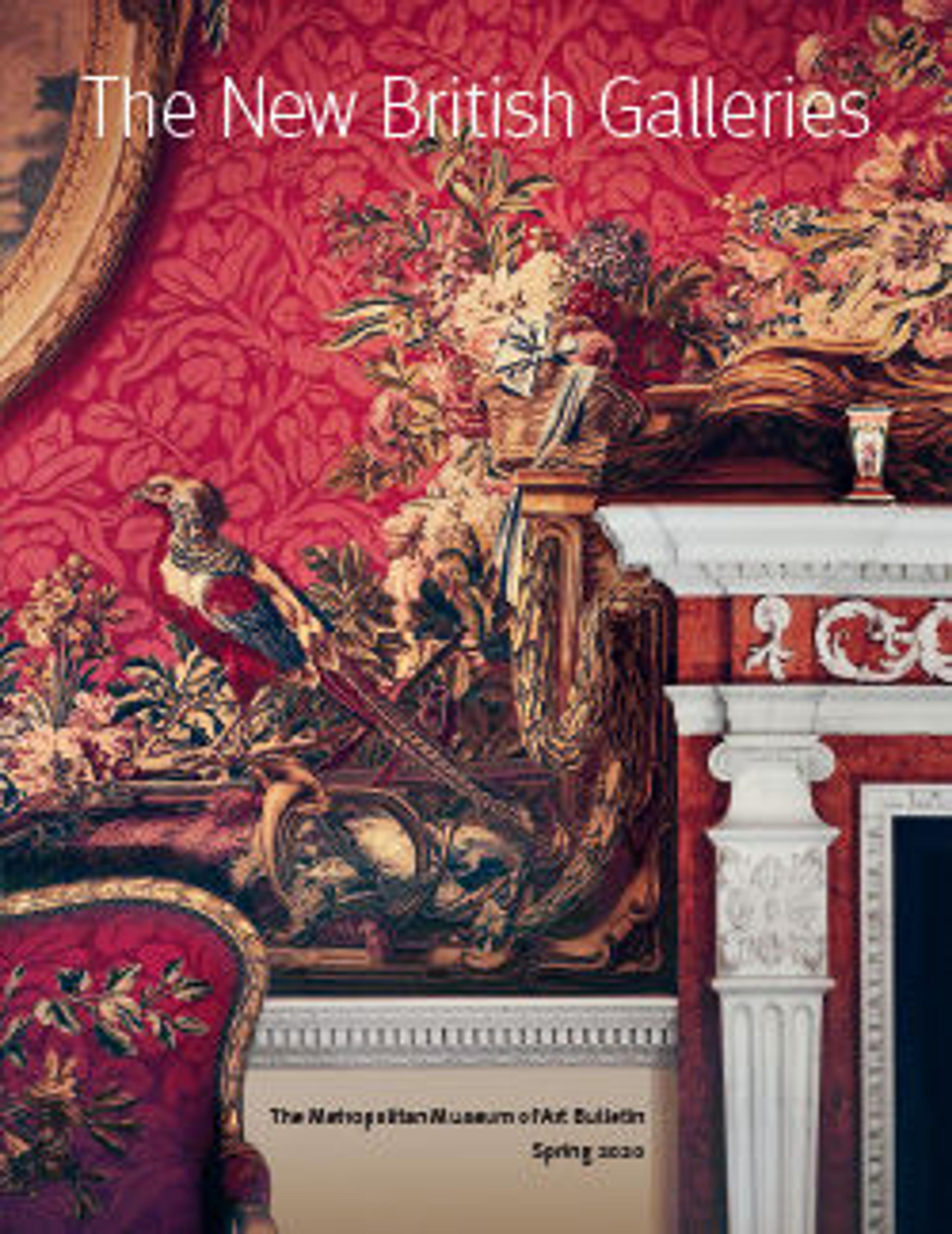Wine cistern
This is an electrotype reproduction of the magnificent silver wine cistern commissioned by the English banker and silversmith Henry Jernegan (ca. 1688–1745/6) for his client Littleton Pointz Meynell (ca. 1695–1752) who was desirous to have the "largest and finest silver cistern that ever was or could be…" A first sketch of the design honoring the wine god Bacchus was done by the antiquarian and engraver George Vertue (1684-1756) and the wax models for the figures were executed by the Flemish-born English sculptor John Michael Rysbrack (1694–1770). The actual cistern, now in the Hermitage Museum, St. Petersburg, was the work of the silversmith Charles Frederick Kandler (act. 1720–1770s). When this remarkable piece was finally ready in 1734, Meynell had changed his mind and Jernegan was stuck with the extravagant object for which he failed to find a buyer. Offered as first price in a lottery of 1739, the wine cistern entered the collection of Empress Anne of Russia by the following year.
Artwork Details
- Title:Wine cistern
- Maker:After an original by Charles Frederich Kandler (active 1735, died 1778)
- Manufacturer:Elkington & Co. (British, Birmingham, 1829–1963)
- Date:ca. 1880
- Culture:British, Birmingham, after British, London original
- Medium:Silver on base metal (copper and brass)
- Dimensions:Overall: 39 1/2 × 65 × 36 5/8 in., 320 lb. (100.3 × 165.1 × 93 cm, 145.2 kg)
- Classification:Metalwork-Electrotype
- Credit Line:Gift of Henry G. Marquand, 1883
- Object Number:83.18.290
- Curatorial Department: European Sculpture and Decorative Arts
More Artwork
Research Resources
The Met provides unparalleled resources for research and welcomes an international community of students and scholars. The Met's Open Access API is where creators and researchers can connect to the The Met collection. Open Access data and public domain images are available for unrestricted commercial and noncommercial use without permission or fee.
To request images under copyright and other restrictions, please use this Image Request form.
Feedback
We continue to research and examine historical and cultural context for objects in The Met collection. If you have comments or questions about this object record, please contact us using the form below. The Museum looks forward to receiving your comments.
